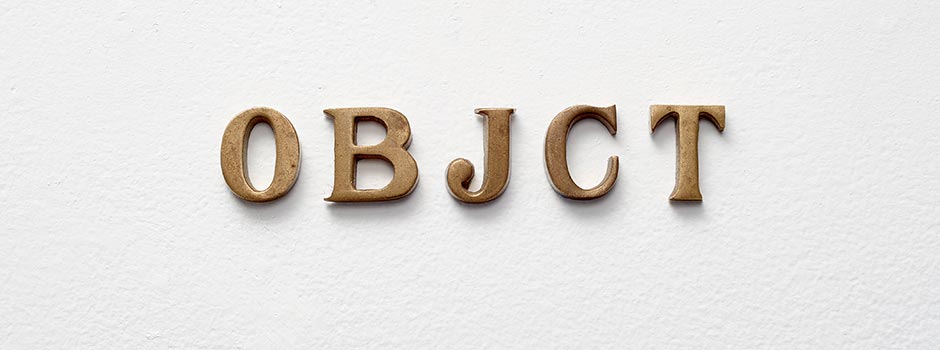
EXHIBITION (Sep 10 - Oct 24, 2015) Sabrina Amrani Opens the Season with ‘Iterations’, the Second Solo Exhibition by Indian Artist UBIK
Sep 13, 2015 Exhibition

 UBIK Iterations, Installation shot / Courtesy of Sabrina Amrani
UBIK Iterations, Installation shot / Courtesy of Sabrina Amrani
In this new body of work, conceived as an installative environment rather than a catalog of objects, the artist is critically looking at the conditions underlying our current modes of cultural production, and examining the dichotomy between commodities and cultural objects at the heart of the contemporary.
 UBIK Iterations, Installation shot / Courtesy of Sabrina Amrani
UBIK Iterations, Installation shot / Courtesy of Sabrina Amrani
What is the difference between an object, a product, and its environment? And should these differences be abolished, does this render the object of art real or merely gestural? What is matter-of-factly, a real object? An iteration denotes the procedure in which the repetition of a sequence of operations yields results successively closer to a desired target, or the repetition of a sequence of instructions until a certain condition is finally met. In UBIK’s exhibition, conversely, iterations are a series of processes and mediations that occur between objects, materials and means, in order to approximate this condition where works of art desire to become commodities but at the same time resist this posture by becoming objects of art.
 UBIK Iterations, Installation shot / Courtesy of Sabrina Amrani
UBIK Iterations, Installation shot / Courtesy of Sabrina Amrani
UBIK is treating crass objects, materials and means of production as variations in themselves of the art-object. Following Groys and other conceptualists, for whom installation as a genre is the total realm that breaks down the authority of connoisseurship, the artist transforms the gallery space into a site-specific installation, where the objects enter in a specific set of interactions that are neither stable nor determined by interpretation. The internal tensions between site, studio and object are not resolved but loosened, and an interaction with the audience is activated, thus cancelling out the autonomy of sites and objects.
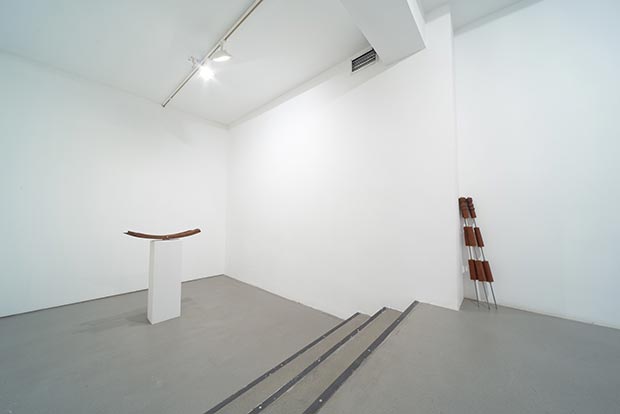 UBIK Iterations, Installation shot / Courtesy of Sabrina Amrani
UBIK Iterations, Installation shot / Courtesy of Sabrina Amrani
‘From One End of the Other’ (2015), a half-polished brass chain suspended vertically, and the scales-head in ‘Egregious’ (2015), address a certain notion of equilibrium that disestablishes the topography of three-dimensional space into topological lines –similar to the real lines, but longer in the imagination. ‘The Distance between their Thirds’ (2015), a three-piece bed-leg and ‘The Center of the Universe’ (2015), a flattened brass pot placed precariously on the floor, on the other hand, are loaded with metaphysical references, but are yet grounded by infinite gravity.
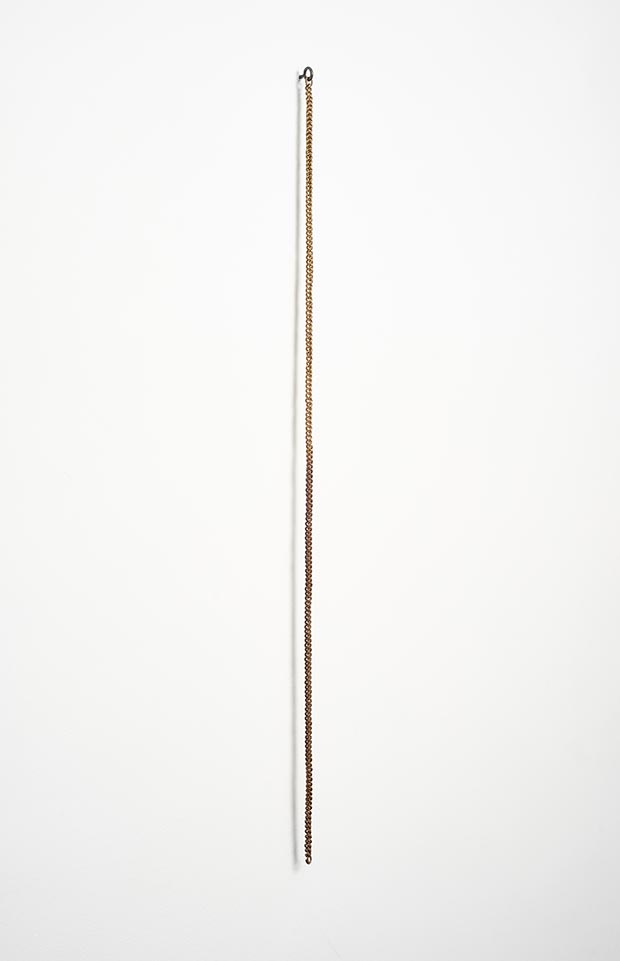 UBIK, From One End To Another, 2015. Half-polished brass chain. 91x1 cm / Courtesy of Sabrina Amrani and the Artist
UBIK, From One End To Another, 2015. Half-polished brass chain. 91x1 cm / Courtesy of Sabrina Amrani and the Artist
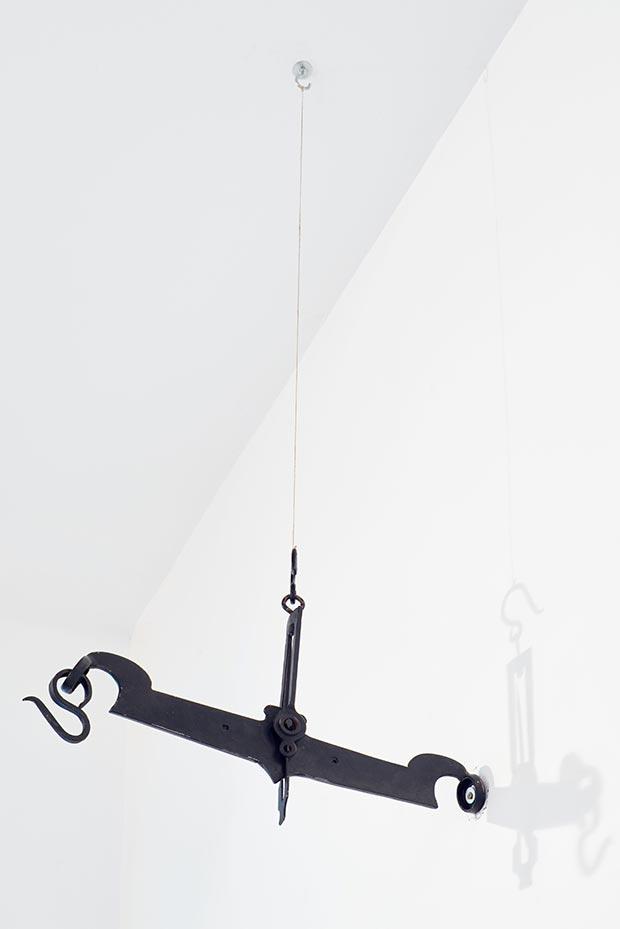 UBIK, Egregious, 2015. Matt finished scales-head. 38x47 cm / Courtesy of Sabrina Amrani and the Artist
UBIK, Egregious, 2015. Matt finished scales-head. 38x47 cm / Courtesy of Sabrina Amrani and the Artist
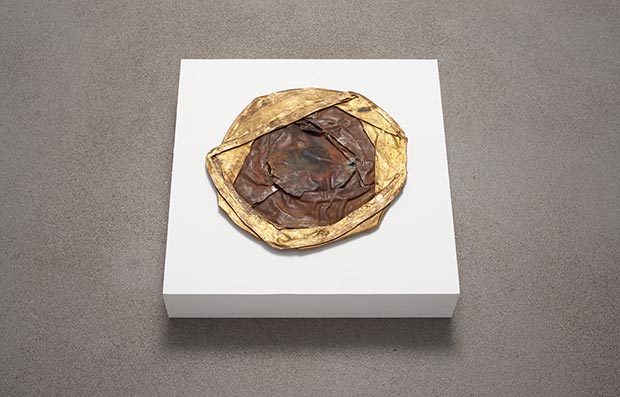 UBIK, The Centre Of The Universe, 2015. Flattened Brass pot. 29 cm. diameter / Courtesy of Sabrina Amrani and the Artist
UBIK, The Centre Of The Universe, 2015. Flattened Brass pot. 29 cm. diameter / Courtesy of Sabrina Amrani and the Artist
Architecturally-constructed works such as ‘Median’ (2015), four pieces of carved wood, or ‘Presence’, a triangle-shaped medium-density fiberboard attached to the wall, are warmer and establish relationships which are more finite, and lastly, reductionist works –both materially and conceptually, such as ‘Fault Lines’ (2015), red oxide paintings on baking paper, or ‘Study for a Redaction’ (2015), made from aluminum copies of a roadside Lakshmi, are engaged with the questions of early theoreticians, on whether copies, reproductions and used materials can convey and retain the near-sacral aura of art.
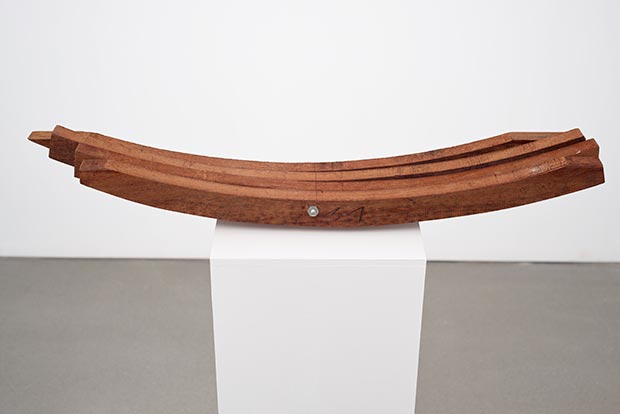 UBIK, Median, 2015. Four pieces of curved wood and a 6" bolt. 96x77x22 cm / Courtesy of Sabrina Amrani and the Artist
UBIK, Median, 2015. Four pieces of curved wood and a 6" bolt. 96x77x22 cm / Courtesy of Sabrina Amrani and the Artist
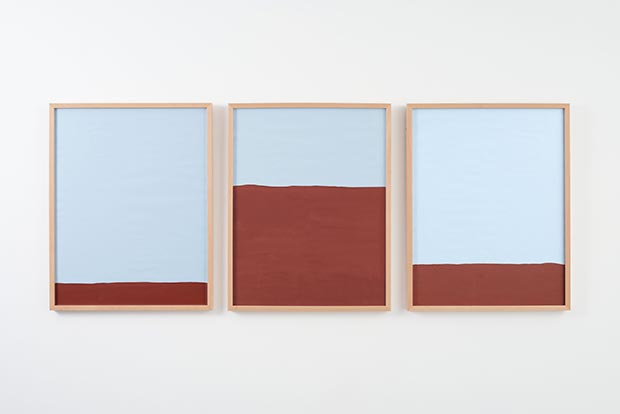 UBIK, Fault Lines, 2015. Red Oxyde Coat on bakery paper. 61x48 cm. each. Series of 5 triptychs / Courtesy of Sabrina Amrani and the Artist
UBIK, Fault Lines, 2015. Red Oxyde Coat on bakery paper. 61x48 cm. each. Series of 5 triptychs / Courtesy of Sabrina Amrani and the Artist
In many of these works, heavy materials belie the nature of the gestures involved, and addresses sculpturally the future of art objects found as ruins. For UBIK, art is ought to become a commodity in order to re-invent itself over time: “Art might not always be a good product, but it has to be a product in order to be recognized as a future object, or even to become actualized as an art objectâ€. At the heart of the artist’s assessment, there is an urgency to address the making, exhibiting and reception of art as autonomous actions, which nevertheless can be mediated by other types of action and knowledge.
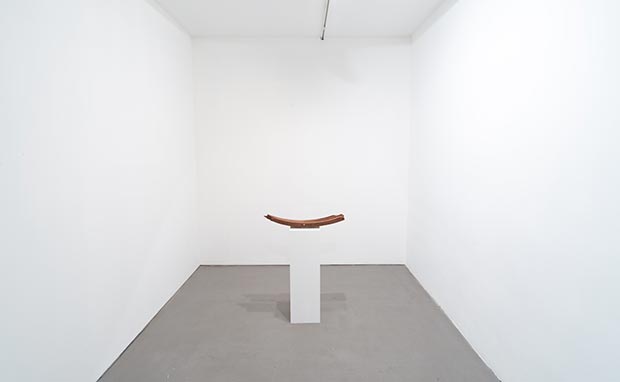 UBIK Iterations, Installation shot / Courtesy of Sabrina Amrani
UBIK Iterations, Installation shot / Courtesy of Sabrina Amrani
Curious about the fluidity between the gallery, the site, the studio, the museum and the marketplace, UBIK asks in ‘Iterations’ how does this seamlessness affect the shaping up of our ideas about art and the process that leads you from the idea to the object or system of reference? The urgency of the task at hand is not simply a search for codes and signs and symbols in contemporary practices, but the ability to create entire impressions and forms of knowledge grounded on the most basic operation of perception: A simple stare.
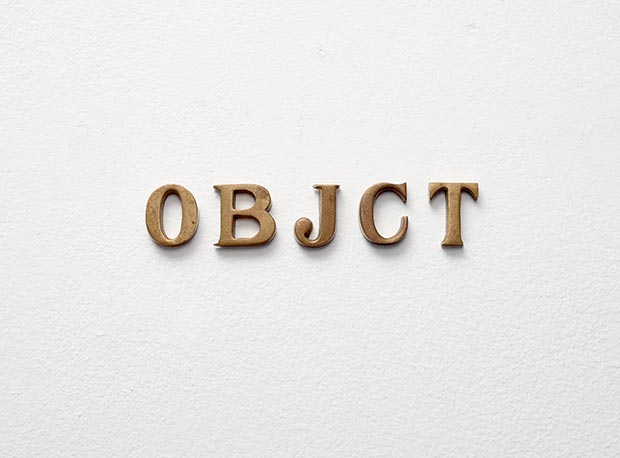 UBIK, OBJCT, 2015. Brass letters. 4x14 cm / Courtesy of Sabrina Amrani and the Artist
UBIK, OBJCT, 2015. Brass letters. 4x14 cm / Courtesy of Sabrina Amrani and the Artist
The exhibition 'Iterations' will run at Sabrina Amrani Gallery until October 24, 2015.
His work experiments with a variety of mediums. He does not position his work in a specific genre. The core of UBIK's work deals with the relative ideology of chaos. It renders the absurdity of the world order and comments on the machinated playgrounds of human cliches, in a sarcastic and realistic way. UBIK crafts his work to be conceptual. Not in the form of technicality but rather its reactionary possibilities. The process of the work is to urge and provoke the viewer to self-reflect. The viewer is not an isolated agent, but rather his/er reaction is an integral part to the artistic production. UBIK’s work is present in some of the most prestigious private and public arab contemporary art collections, such as the Samawi Collection and The Farook Collection.
Comments
Add a comment